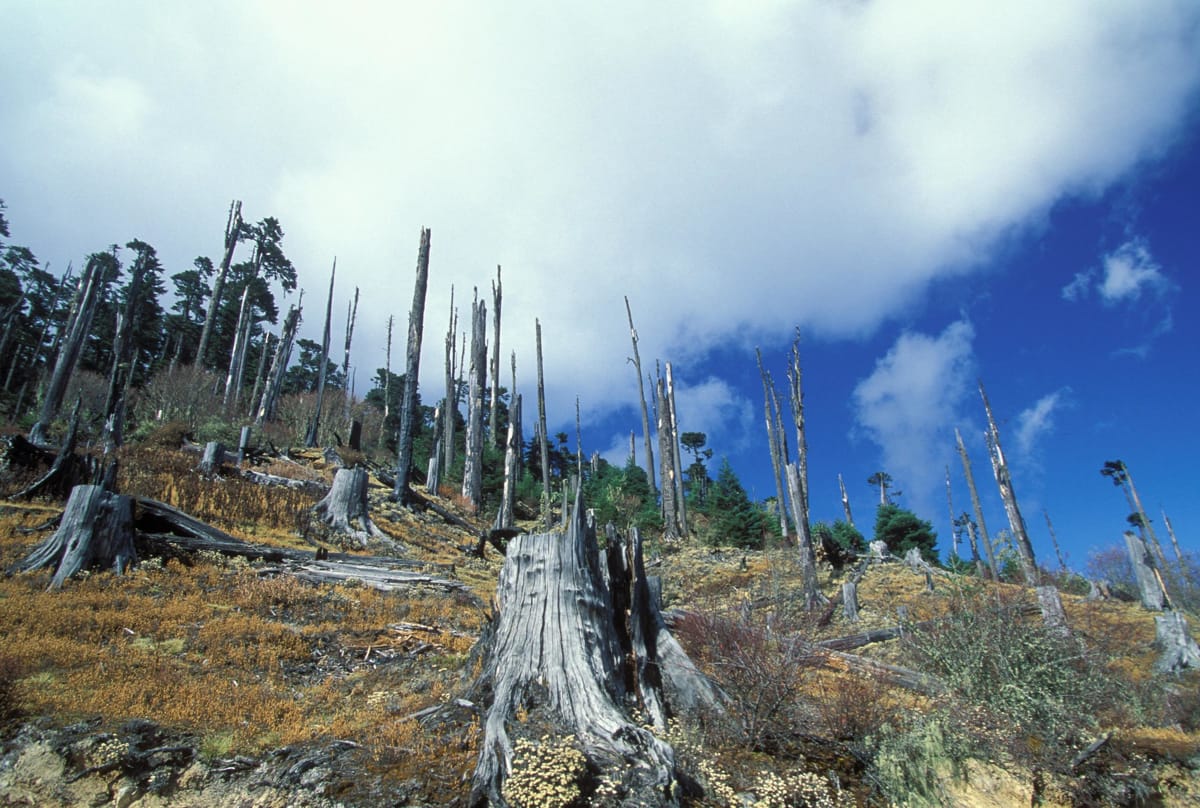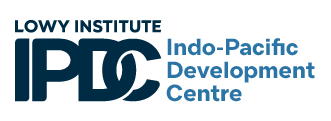The World Bank is the single most important global development agency – in terms of financing, knowledge production, and setting the international policy agenda. Negotiations currently underway, however, could dramatically transform the institution and its purpose.
Development and poverty reduction in the world’s poorer countries would no longer be its sole mandate. Instead, spurred by the United States and other major shareholders, the bank would also target the provision of global public goods, notably in the fight against climate change by helping large middle-income countries in particular to decarbonise their economies.
The World Bank’s financing model is incredibly powerful. With just US$19.2 billion of paid-in capital, the bank’s financing window for middle-income countries – the International Bank for Reconstruction and Development (IBRD) – has been able to provide more than US$750 billion in loans over its lifetime. With many trillions in investment needed to enable the global transition to net zero emissions, capitalising on the financial firepower of the World Bank makes eminent sense.
Things are complicated, however. The World Bank has plenty of potential to deliver for both climate and development. But it will require the right approach.
Greatly expanding the bank’s total financing capacity is essential. Without this, too little would be done for the climate, and whatever does happen risks coming at the expense of the world’s poor.
It is often said that there is no trade-off between the climate and development agendas. That is not quite correct.
Developing countries will be the worst affected by climate change. Limiting global warming is therefore critical for development. But the responsibility of paying for this lies primarily with richer countries, following the principle of “common but differentiated responsibility”. Diverting scarce existing resources away from development would force developing countries, and the poor within them, to pay even more for a crisis they did not create.
Climate vulnerability is also significantly driven by poverty. Things taken for granted in rich countries – such as air conditioning, well-built homes and infrastructure, reasonable social protection systems, and economies that produce enough decent jobs – will make the difference as heatwaves, cyclones and other natural disasters intensify, sea levels rise, and environmental changes undermine existing livelihoods.

There is, of course, some direct overlap between investing in climate mitigation and development – for instance, where renewables can be the most cost-effective energy option. But even then, is energy more important for development than, say, investing in maternal health, better education, social protection or rural roads?
The answers to such prioritisation questions are always debatable. But if the World Bank adopts a climate mitigation goal without a big increase in available financing, external political pressures and internal bank incentives risk skewing the type of projects financed away from what might otherwise be considered optimal from a country’s own development perspective.
Developing countries are very clear on the relative priorities, repeatedly emphasising that funds for adaptation and loss and damage are their top concerns and that additional financing is central to ensuring there is no trade-off between climate and development.
Critically, it is not only a matter of protecting existing resources for development. Development itself also requires stepped-up support, with the financing gap for meeting key human development needs now much larger after years of global crisis. Instead, depleted by crisis-fighting, World Bank financing to developing countries is now set to contract.
There are two main avenues for expanding the World Bank’s financial firepower. One is stretching its balance sheet further, following the recommendations of a recent G20 independent review. The second is a capital increase for the IBRD. Both should be pursued concurrently, with each multiplying the benefit of the other.
Rich country governments are, however, balking at the idea of a capital increase. One reason is the usual misguided penny pinching. Another is that shareholders first want to see the bank move forward with more ambitious balance sheet optimisation measures. Some donors also increasingly prefer providing support bilaterally rather than through multilateral mechanisms, believing the former to confer more direct soft power.
Most difficult is that a capital increase raises the contentious issue of voice and governance reform, with established Western powers reluctant to give up their own oversized voting rights to make room for underrepresented emerging economies such as China, India and Indonesia.
Yet, if the goal is to tackle global public goods, then increasing the voice of developing countries should be a feature, not a bug. Countries such as India and Indonesia are exactly where the World Bank’s envisioned role in the climate battle will be won or lost. Doing more in these countries is not merely about additional financing – the World Bank’s offer also needs to become much more attractive.
The bank’s management and major shareholders are considering providing “subsidies” to middle-income countries as the main solution, citing the positive externalities for the rest of the world of faster mitigation as the economic justification.
That is good theory. But there are two important issues.
First, where will these subsidies come from? The bank is asking rich country donors to stump up new concessional resources to avoid this coming at the expense of development. But unless donors also lift their overall aid budgets, this will merely involve them providing less aid through other mechanisms – ultimately still cannibalising global concessional support for development.
A second problem is that focusing on subsidies distracts from the real reason countries hesitate to take on more loans from the World Bank in the first place, which is the excessive bureaucracy and policy conditionality that accompanies its lending.
IBRD loans are already much cheaper than what’s available from global capital markets. Making these loans slightly cheaper is alone unlikely to make much difference.
A better approach is to focus on making the World Bank more responsive to the needs and demands of developing countries, including by streamlining approval processes, making greater use of country systems, and reducing excessive policy conditionality. Strengthening the voices of developing countries within the bank’s governance and senior management structures is one important way of driving the kind of deep internal reforms that are needed.
Western governments are of course reticent to give China more influence at the bank. Yet most agree that finding a way to cooperate on climate change is critical. Loss of influence to China would in any case be limited, with Western voting power still far outweighing China’s and with the United States inevitably retaining its effective veto power over the bank.
A reformed World Bank can deliver for both climate and development. Doing it properly will require political ambition, the right choices and more resources.
A product of the Lowy Institute Indo-Pacific Development Centre, with funding support from the Australian Department of Foreign Affairs and Trade.


